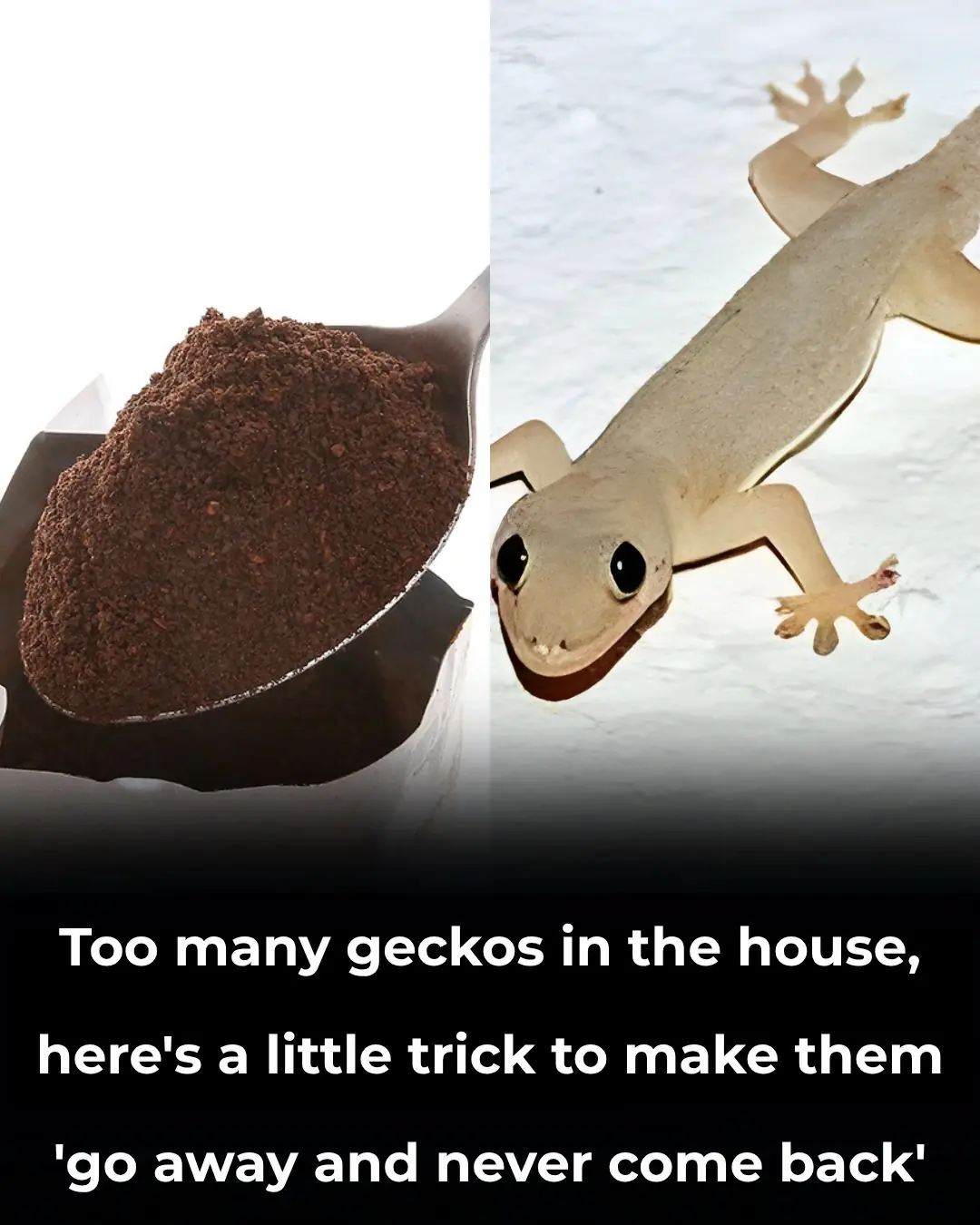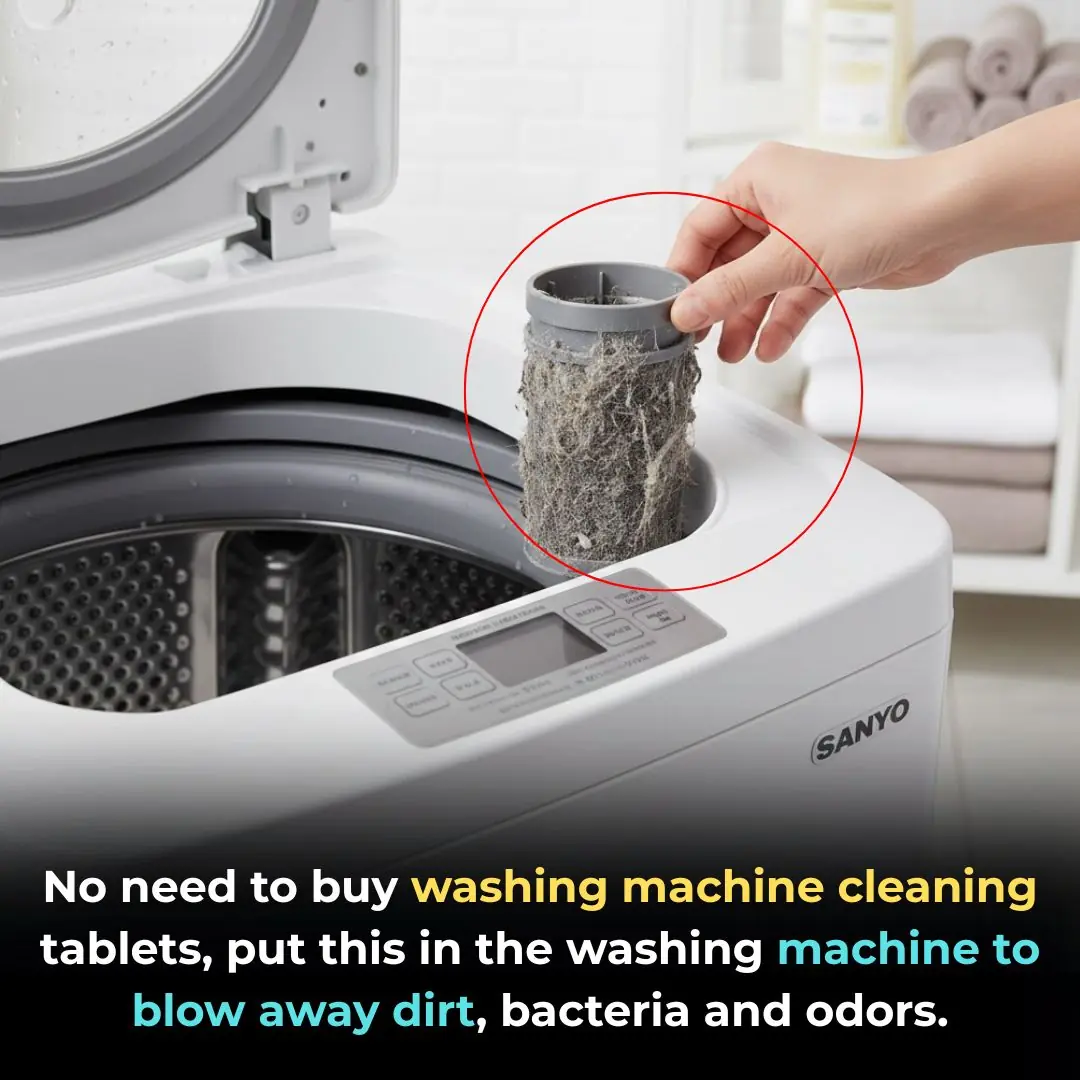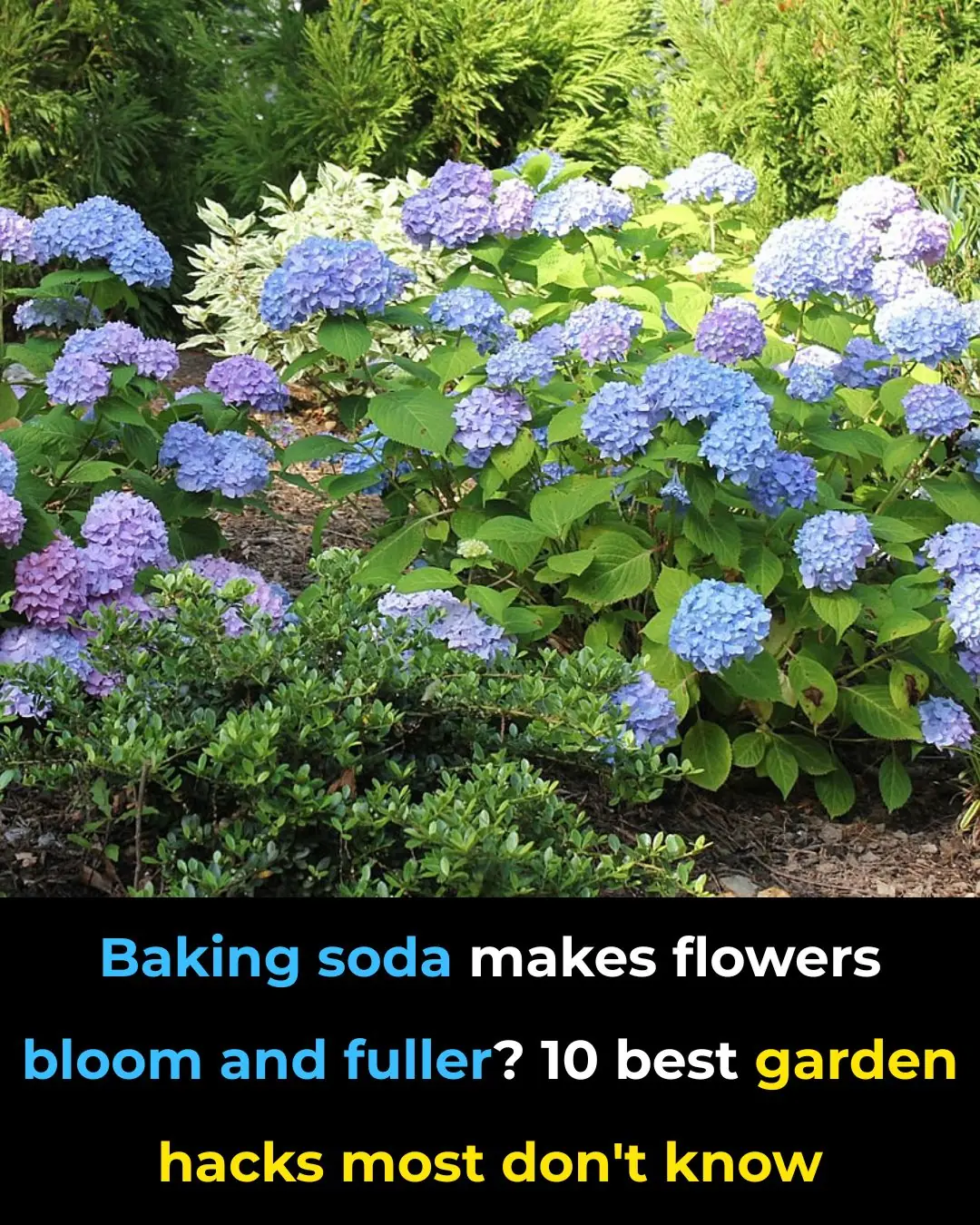
You’re doing it all wrong. Here’s the right way to dust furniture
You’re Doing It All Wrong: Here’s the Right Way to Dust Furniture
Dusting may seem like one of the simplest household chores, but many people unknowingly make mistakes that reduce its effectiveness. A thin layer of dust might look harmless, but over time it can dull your furniture, aggravate allergies, and even shorten the lifespan of your belongings. This guide will help you rethink your dusting routine and adopt smarter, healthier practices for a cleaner home.
🧠 Why Dusting Matters More Than You Think
Dust is not just dirt—it’s a mix of dead skin cells, pollen, mold spores, pet dander, and other microscopic particles. According to the Environmental Protection Agency, indoor air can be 2 to 5 times more polluted than outdoor air, and dust is a major contributor. Regular dusting helps:
-
Improve air quality
-
Reduce allergens
-
Protect furniture finishes
-
Prevent buildup that becomes harder to clean later
❌ Common Mistakes People Make When Dusting
Many people unknowingly sabotage their cleaning efforts by:
-
Using dry cloths or feather dusters that just move dust around
-
Dusting before vacuuming, which allows dust to resettle
-
Ignoring high surfaces like ceiling fans and cabinet tops
-
Rushing through the task and missing corners or tight spaces
✅ The Right Way to Dust Furniture
Here’s how to dust effectively and safely:
-
Start High, End Low
-
Dust falls downward, so begin with ceiling fans, light fixtures, and shelves before moving to tables and baseboards.
-
-
Use a Damp Microfiber Cloth
-
Microfiber traps dust better than cotton. Slightly dampen it with water or a gentle cleaner to prevent scattering particles.
-
-
Dust After Vacuuming
-
Vacuuming stirs up dust. By dusting afterward, you catch what’s been released into the air and settled again.
-
-
Polish Monthly, Not Weekly
-
Use furniture polish once a month to protect wood surfaces and enhance shine. Always follow the grain of the wood.
-
-
Reach Hidden Areas
-
Use extendable dusters or vacuum attachments to clean behind furniture, under beds, and between appliances.
-
-
Choose the Right Products
-
Avoid harsh chemicals. Opt for eco-friendly cleaners and reusable cloths to protect your home and the environment.
-
🧪 Bonus Tips for Allergy-Sensitive Homes
If someone in your household suffers from allergies:
-
Dust more frequently—at least twice a week
-
Use a HEPA-filter vacuum to trap allergens
-
Wash curtains, linens, and cushion covers regularly
-
Consider an air purifier to reduce airborne particles
🌿 Eco-Friendly Dusting Practices
Sustainable cleaning is better for your health and the planet:
-
Use reusable microfiber cloths instead of disposable wipes
-
Make your own cleaner with vinegar and water for non-wood surfaces
-
Avoid aerosol sprays that release harmful chemicals into the air
🧼 Viral Hacks: What Works and What Doesn’t
Some online hacks are surprisingly effective:
-
Lint rollers work great on lampshades and fabric surfaces
-
Coffee filters are gentle on screens but less effective than microfiber
-
Dryer sheets can reduce static and repel dust on baseboards
Stick to proven methods and test hacks before adopting them into your routine.
🏠 Final Thoughts: Dust Smarter, Not Harder
Dusting isn’t just about appearances—it’s about creating a healthier, more comfortable living space. By using the right tools, following a smart order, and dusting regularly, you’ll keep your home fresh and your furniture looking its best.
News in the same category


Why Sleeping in Socks Might Be the Secret to Better Sleep

The secret to making your own tomato sauce at home

Throat Pain Leads to a Shocking Diagnosis: Man Discovers Late-Stage Stomach Cancer and Blames Two Hidden “Culprits” in His Kitchen

2 Signs of Kidney Damage: Morning Urine Showing These Signs Means You Should See a Doctor Immediately

Saw This Trick For Oven Cleaning

The secret to making tomato sauce at home, cheap and delicious, no additives

The garden has 4 plants. Rắn mê loves them so much, but if you want the whole family to be safe, you should pull them out immediately.

Stop cleaning with these 10 kitchen mistakes

Tips to help hair grow faster, reduce hair loss, and make it shiny by washing your hair with beer

Stop refrigerating these 10 condiments

Put an empty plastic bottle in the washing machine, I admit the person who came up with this trick has a "top notch" IQ

Too many geckos in the house, here's a little trick to make them 'go away and never come back'

You're doing it all wrong. Here’s the right way to store herbs

Seeing that my neighbor had a jar of sour star fruit soaked in rock sugar, I asked him to find out how many uses it has

Glass windows get dirty very quickly, here are some tips to help you clean them from the inside out.

Secret to cleaning clams, clams release sand quickly and are much fatter

No need to buy washing machine cleaning tablets, put this in the washing machine to blow away dirt, bacteria and odors.
News Post

Don’t Toss Your Lemon Peels! 8 Smart Ways to Save Money and Make Life Easier

Why Sleeping in Socks Might Be the Secret to Better Sleep

The 1-cup bedtime drink that stops you from waking up at 3 AM

How to Use Guava to Care for Your Eyes: Natural Remedies That Surprise 🌿

The secret to making your own tomato sauce at home

Why Hot Dogs and Processed Meat Might Be the Most Dangerous Foods of All Time

Can you eat moldy food? Here’s what you MUST throw out.

Cancer hates these 6 fruits—eat them to fight back!

New Food Stamp Rules Start in November...
“Now this method is so clever! Wish I thought of it!”

Why Your Rosemary Keeps Dying — And The Easiest Hack To Save It

What My Daughter Nearly Touched Was Incredibly Dangerous

Better Than Medicine? The Shocking Truth About Dates & Blood Sugar!

Baking Soda Makes Flowers Bloom and Fuller? 10 Best Garden Hacks Most Don’t Know

4 Reasons Why Cardiac Arrests Happen in The Bathroom

Quentin Tarantino’s foot fetish rumors are here again — thanks to Uma Thurman’s daughter

Singer Jelly Roll claims he was ‘treated like a criminal’ in Sydney Louis Vuitton store

Meghan Markle makes shocking return to acting 8 years after quitting Hollywood: report

4 Unusual Eye Symptoms That May Signal Cancer — Often Overlooked by Many
